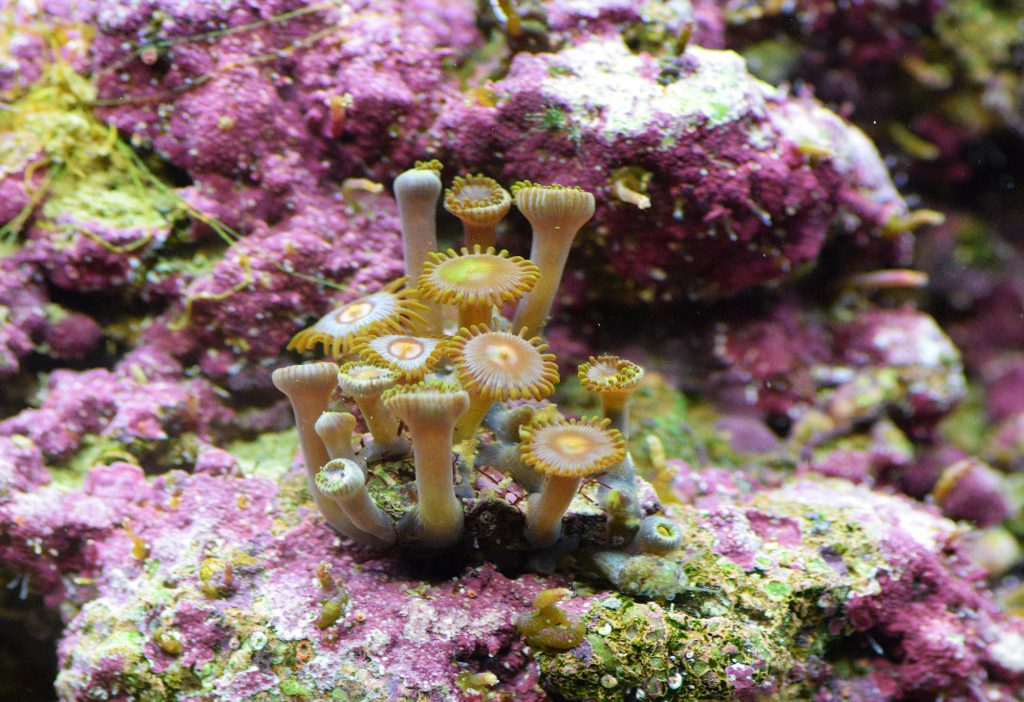Guide 7B Evidence
Products
Quiz, Media, & Portfolio Directions
Review Evidence Contents
Evidence Objectives
Fossils
Demonstrate how a fossil forms and explain the types of information that can be determined from fossil evidence.
Skeletons
Diagram the common bones shared by vertebrates, including the significance of homologous structures in determining species relatedness.
Living Fossils
Explain what a living fossil indicates and how the rate of change can vary in different species over time.
Speciation
Compare and contrast forms of speciation, including examples and the role of genetic analysis in tracking speciation.
Marine Invertebrates
List examples of organisms in several marine invertebrate phyla, including their distinct structures and behaviors.
Evidence Quiz
Evidence Media Piece
Introduced in the Marine Invertebrates section of this guide:
When we head to aquaria or marine destinations, it is often easier to focus on the large vertebrate animals. For this media piece you will be focusing in on the smallest animals that make up the vast bulk of marine animals.
From the videos provided, find five different invertebrate animals.
-
provide the letter of the video you found the animal in (a, b, c, d, e, and/or f). You can use all of the videos or just a few.
-
include notes on the animal, this could be a loose sketch and/or written notes.
-
identify the phylum the animal is classified in and the most likely common name. For example: you may find a brittlestar classified in Phylum Echinodermata. We have provided a photo guide below to assist with identification.








